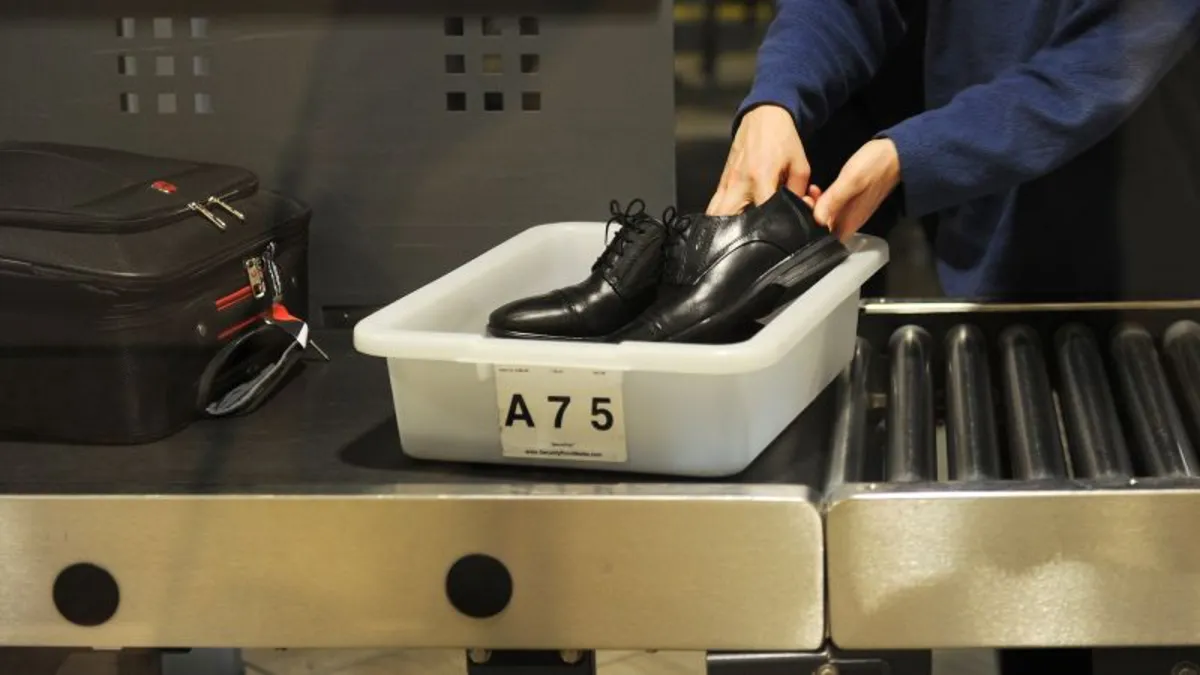
After nearly two decades of mandatory shoe removal during airport security checks, the Transportation Security Administration (TSA) is set to phase out this requirement. A government source familiar with the ongoing developments confirmed this significant change to CNN, speaking on the condition of anonymity. The news was further acknowledged by the White House Press Secretary, who labeled it as “big news” from the Department of Homeland Security.
An internal memo, which was initially reported by the blog Gate Access, announced the impending change to the shoe removal policy. However, the TSA has yet to officially confirm this memo. A TSA public affairs representative stated, “TSA and DHS are always exploring new and innovative ways to enhance the passenger experience and our strong security posture.” They emphasized that any updates to security processes will be communicated through official channels.
As of now, some airports have already begun implementing this change. Passengers flying out of Hancock International Airport in Syracuse, New York, reported on Monday that they did not need to remove their shoes. However, reports from Chicago O’Hare on Tuesday morning indicated that passengers were still being asked to take off their footwear. This inconsistency highlights that the transition may not be uniform across all airports immediately.
The requirement for passengers to remove their shoes at TSA security checkpoints originated in December 2001, after the infamous “shoe bomber” Richard Reid attempted to ignite explosives hidden in his shoes aboard a flight from Paris to Miami. This policy was further reinforced nearly five years later, following a foiled terrorist plot in August 2006, which aimed to detonate liquid explosives on transatlantic flights. In response to these threats, the TSA also introduced the 3-1-1 liquids rule for carry-on luggage.
It is worth noting that participants in the Trusted Traveler Program, known as TSA PreCheck, have long been exempt from the shoe removal requirement. However, enrollment in this program necessitates a background check and payment of an application fee, making it less accessible for some travelers.
This potential change to the TSA's security protocols represents a significant shift in the passenger experience at U.S. airports. As the TSA continues to adapt to evolving security challenges, travelers can look forward to a more streamlined process in the near future.
For more updates on airport security policies and travel tips, stay tuned to our news coverage.